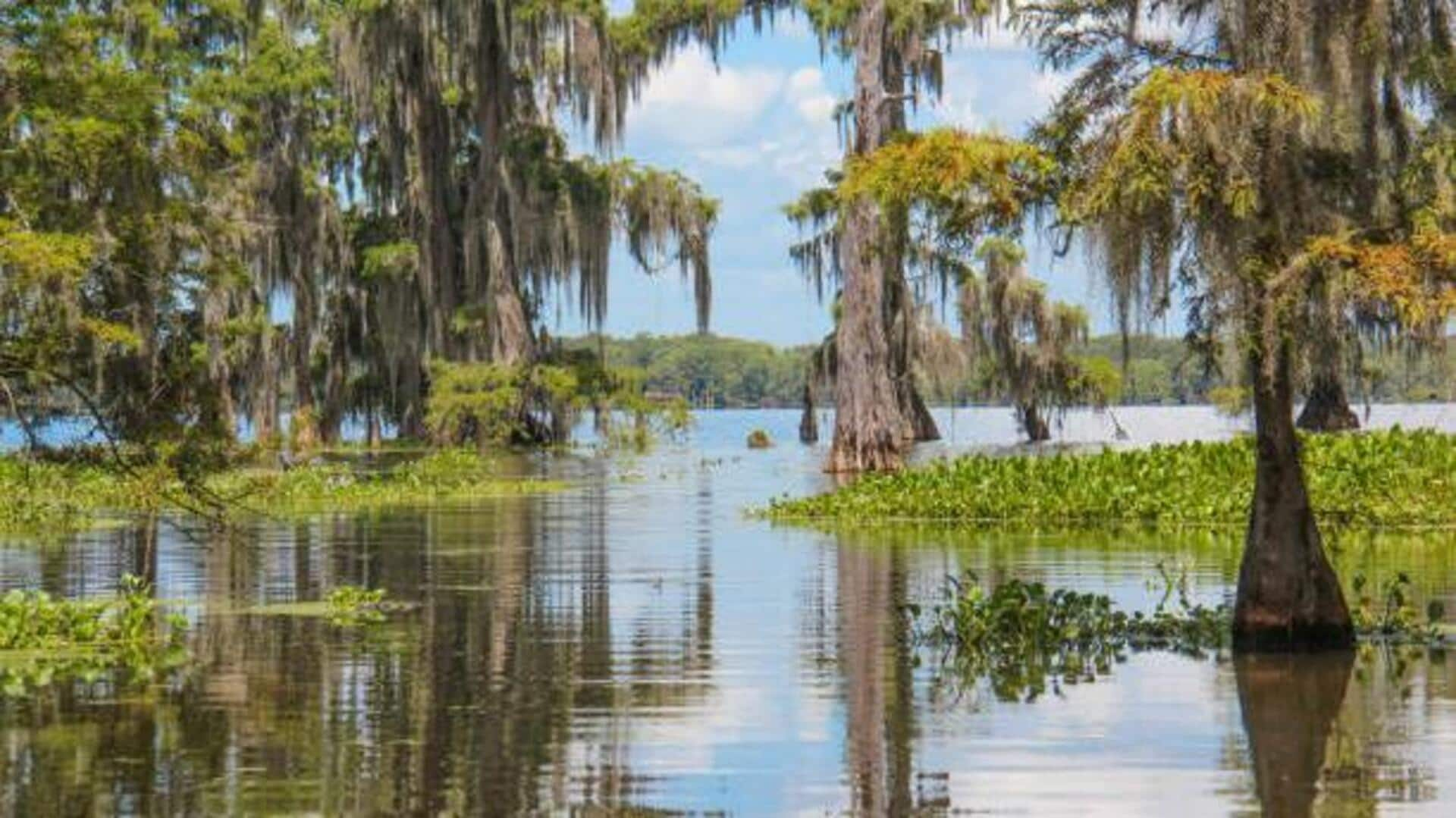
Swampland trekking 101: What to know
What's the story
African swamplands offer a unique trekking experience for explorers seeking adventure. These biodiverse wetlands provide an opportunity to witness some of the rarest flora and fauna. The treks through these areas aren't just about exploration but also about understanding the delicate ecosystems that thrive there. With careful planning and respect for nature, adventurers can enjoy a mystical journey through these captivating landscapes.
#1
Navigating the swamps safely
Considering that navigating African swamplands is no child's play, you must be well-prepared and cautious. First things first, always have a reliable guide who knows the terrain, lest you get lost. Wear the right clothes and shoes as the area is wet. Carry insect repellent as mosquitoes thrive there. You must also carry enough water and snacks to stay hydrated and energetic.
#2
Witnessing unique wildlife
The swamplands provide a habitat for a variety of wildlife, from different bird species to reptiles and mammals that thrive in wet regions. Watching them in their natural habitat gives you an understanding of their behaviors and how they survive. Binoculars can further improve your chances of spotting animals in the distance without troubling them. Staying far from wildlife keeps you and them safe.
#3
Understanding local ecosystems
Swampland treks also offer a chance to learn about the complexity and importance of local ecosystems. These wetlands are essential for water purification, flood control, and supporting biodiversity. How about learning how these systems work and their importance for local communities from knowledgeable guides or local experts?
#4
Supporting conservation efforts
The best way to contribute positively by participating in swampland treks is to support conservation efforts to preserve these unique environments. Choosing eco-friendly tour operators to ensure that your visit has a minimal impact on the ecosystem and promotes sustainable tourism practices that economically benefit local communities without harming natural resources.